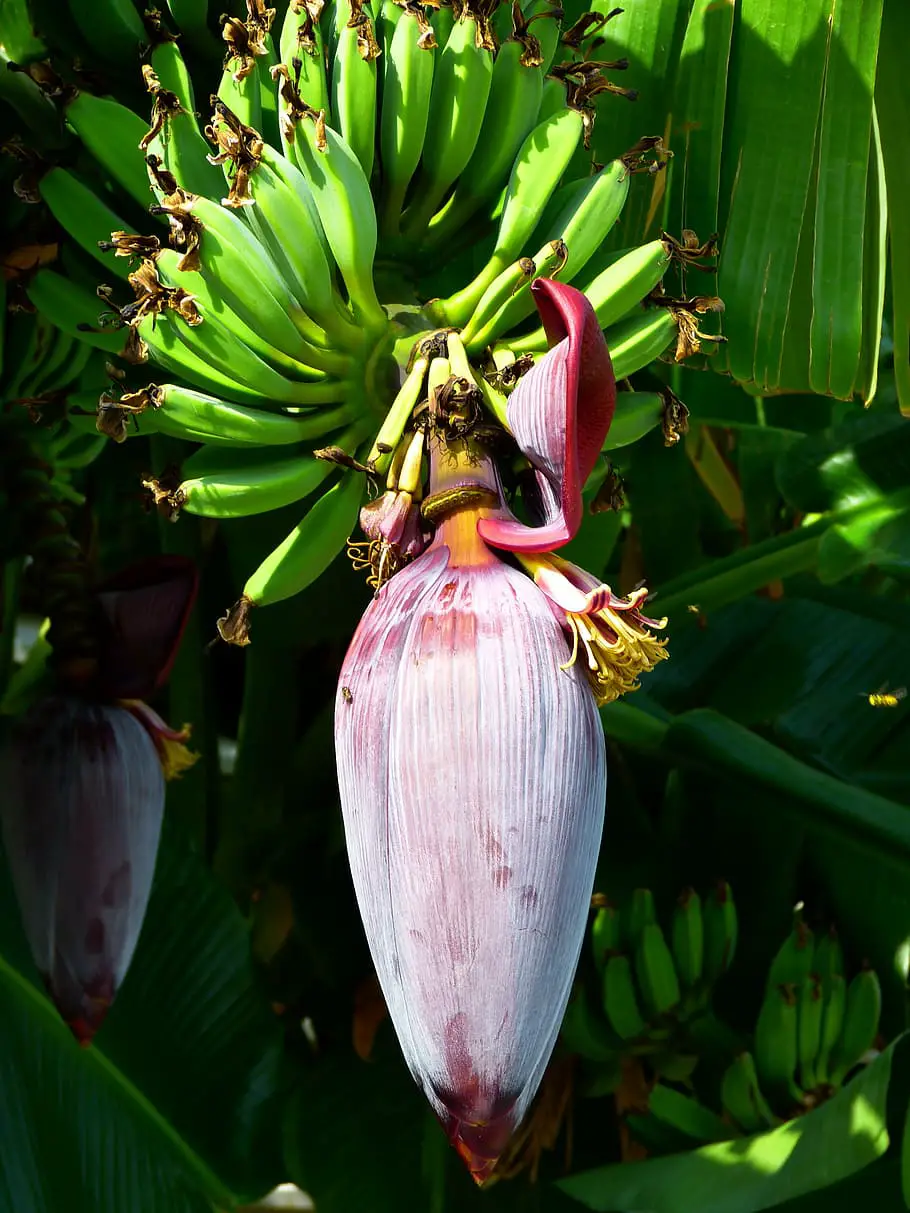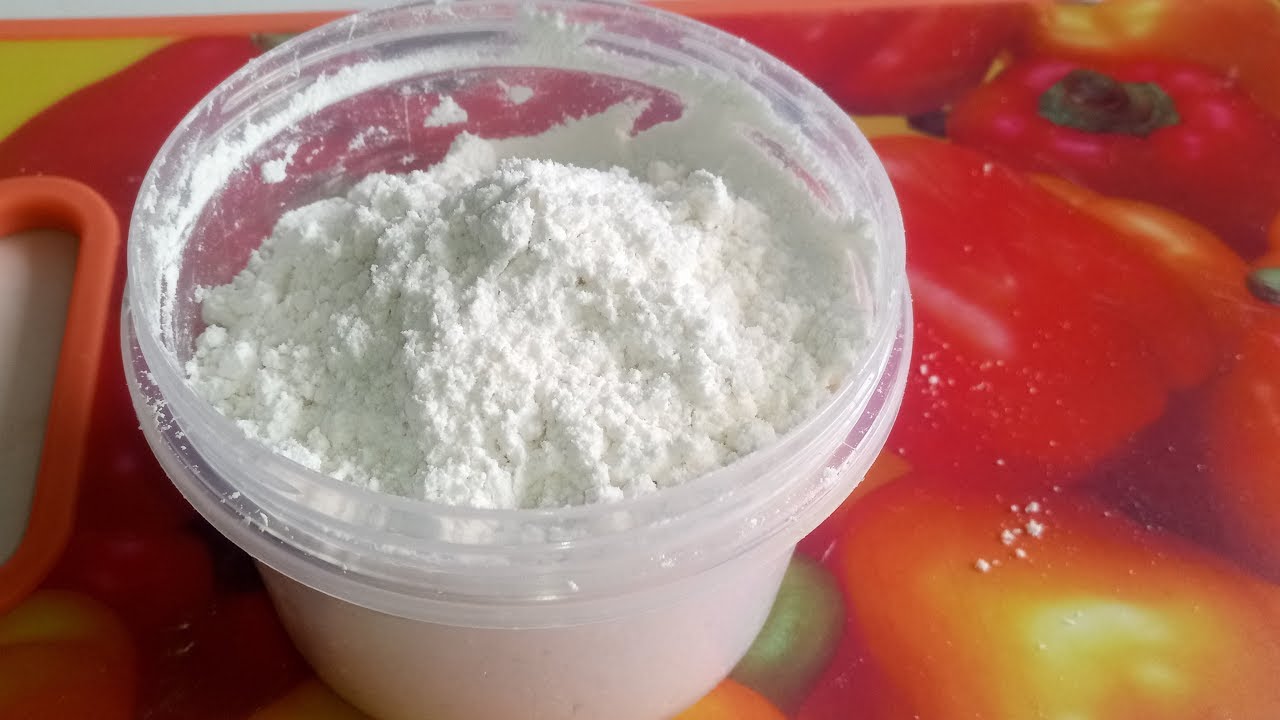How long does soup last in the fridge?

First to answer your question. It is best to make use of soups that are stored in refrigerators within 3-4 days to get the best quality, and then within 6 months when stored in the freezer.
Now coming back to the whole topic for discussion. In the beginning food safety is a major concern when it comes down to the storage of soup. Why is that? If you are making a huge soup, cooks prepare the soup, then turn off the heat so that it cools down or set them on their counters to let it cool. Then they do not think about it until the next day, when they find it sitting on the counter. Have been there, done that.
So, is the soup still tasty and edible? The answer is a big NO. It’s been out for way too long, and it’s now entered the danger zone of bacteria.
First thing to keep in mind when you take food from the fridge is to record the time. The general rule is to not exceed two hours, or one hour in the event of temperatures of 90 degrees or higher.
If you let it sit longer, you could be exposing yourself for the growth of bacteria and their multiplicative effects especially in the case of the poultry and meats. If you leave it for more than two hours, you’ve entered the bacterial-growth danger zone.
However, it’s not a good idea make a huge pot of boiling hot steaming soup into the refrigerator, as there is the possibility of increasing the temperature inside the refrigerator.
After you’ve cooked a large pot of soup and you’re prepared to keep it in storage pour it into smaller containers to ensure it can cool quickly. It’s fine to store soup that’s still warm in the refrigerator. If you do not have smaller containers, add water and ice in the bowl of a large size and place the soup bowl inside it. The cold ice bath can rapidly cool down.
In terms of storage for the long term, many soups can be put in freezing, with the exception of cream-based soups that can be a bit difficult to separate. Beware when storing soups that have noodles, it is possible that noodles may absorb broth. When it is frozen the noodles may become soft.
To extend the shelf life of soup cooked with vegetables to ensure safety and quality. Refrigerate the soup immediately in airtight, covered containers. When properly stored, cooked vegetable soup can last 3 up to 4-days in the fridge.
Also what to do when your soup is getting old? Try smelling the soup: When you take a whiff of the soup, it will emit a pleasant scent. If the soup smells unpleasant or unpleasant, it’s likely to be damaged and should be thrown away. If the soup smells foul or is sour, you shouldn’t ever taste it in order to confirm. Food that has been spoiled can make you sick.
So, can I consume soup that’s been stored in the fridge for one week?
You should keep fridge at 2 C or 35.6 F if you want to keep the soup for up to a week. There may be some more days, in a clean airtight container, but make sure to check it for smell before heating it. A strong acid smell is a definite sign of bacterial activity.
How do you keep soup in the fridge?
If stored in the fridge, your stew can remain for three to four days. To make it quick and simple to reheat portions, place single serving portions in separate containers. For larger meals, keep portions of soup inside larger containers that can be resealed, and be sure to warm and chill the soup appropriately before serving and storing.
Can you eat week-old soup?
Cook once, and then eat safe during the week. The majority of leftovers, like cooked pork, beef seafood, chicken or seafood chili pizza, soups and stews, as well as casseroles can be stored for up to 4 days.
How can you tell whether chicken soup is bad?
Although it’s not a perfect test, your senses are generally the best way to detect whether your chicken broth has become stale. If your chicken broth is deteriorating, the delicious aroma is replaced by an unpleasant smell. It is possible to see residue at the lower part of the container. Also, the chicken soup may appear cloudy.
Do the boiling of soup kill bacteria?
Active bacteria can be killed by holding the liquid for one minute at 150 degrees or more in temperature. Botulism toxin gets activated after 10 minutes of boiling. However, heating the contaminated stock to serving temperature will not destroy the active bacteria and toxic substances, and it can cause illness to people.
How long can thawed soup be stored in the fridge?
How long does thawed soup last? If you thawed your soup that you have frozen in the refrigerator for the right period of time (about 24-hours), the soup will be good to store within the fridge for up and a half to four weeks. If you’ve defrosted the soup with a speedier method, discard the food items you don’t consume.
How to fix a Sour Soup?
1 – Check your ingredients. Seriously, you need to do that.
2- Think about your onions and garlic.
4 – Add fruit.
5 – Add dairy.
6- Baking soda.
7 – Sweeten.
8 -Mix it up.
How long can soup stay out before it turns bad?
The U.S. Department of Agriculture Food Safety and Inspection Service advises to throw out food kept at temperatures of longer than two hours and then after an hour if the temperature in the room is at or above 90 degrees.
Is it okay to consume soup that has been left over the night?
Soup that was left out over night is it still safe to eat? According to the expert McGee interviewed the soup or stock that is left to cool over night, simmered for 10 minutes, and refrigerated properly in the morning , is safe to consume since it doesn’t stay cool long enough to allow the bacteria to multiply and germinate at dangerous rates.
How do I store soup in a safe manner?
The most crucial factor to safe cooling and heating food is speed. It is simpler to accomplish this when working with smaller amounts. The larger the volume of soup is, the more time it takes to cool down and that’s where the danger of spoilage. Professional kitchens make use of an ice bath. Place an ice bath in a larger vessel and fill it up with the ice bath to get it to the same degree that the soup. Mix it up from time to time while it cools to increase the speed of things. When it’s at room temperature, the soup may be separated, covered and then refrigerated or frozen. Do not cover it until that point because it could delay the cooling process.
How do I reheat soup?
It is simple to heat soup whether on the stove as well as within the microwave. Defrosting must always be done in the refrigerator, or in the microwave, following the recommended time intervals. Do not cook a dish more than one time. Simply take what you’ll consume and keep the rest of it chilled.
One of the most important rules to keep in mind is that when you’re heating a chicken or meat broth, or clear soup you should bring it to the point of boiling for three minutes to ensure that you are eliminating any harmful bacteria growth.
They are in some ways one way, the most flexible foods in terms of preservation and reuse, as they can be cooked to a boil, without the possibility of scorching.
This is more difficult with soups that have been made with cream or flour or mostly seafood-based; they could be over-cooked, and end up being too thick, salty, or cloudy.
If you’re sure that the soup won’t have a distinct smell, or taste “off” after you remove it from the refrigerator, you can bring it to a boil and then reduce the temperature and stir it as it simmers slowly for three additional minutes.
What are the advantages of homemade soup?
The advantages of making soup at home are numerous. You can control the list of ingredients, using only what you love and removing what you don’t like. Similarly, you can choose the items you know to be good for you. It’s also more affordable than purchasing ready-made soup.
Imagine how content that you’ll be after eating the entire bowl and put it aside in the fridge to use some time later on in the day or even in the freezer for the next day in the event that you require some more again.
Wrapping up
How long does soup last in the fridge?
Hopefully, I have been able to give a satisfactory answer to your question, how long does soup last in the fridge? Equipped with such knowledge, I am sure you would be able to deal with your homemade soup much better in future so that you don’t get into health problems because of eating spoiled soup.



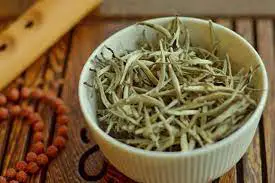
 a Taste Like?
a Taste Like?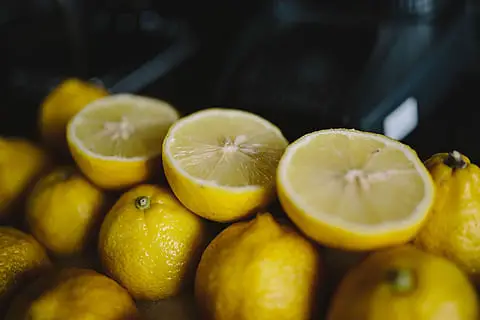

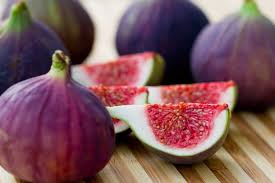



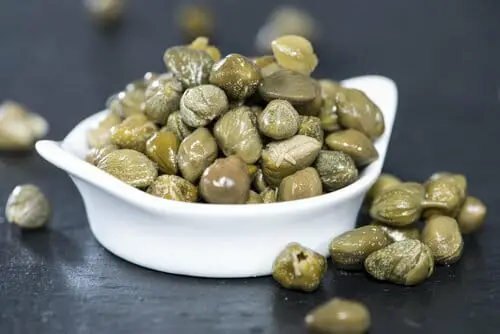

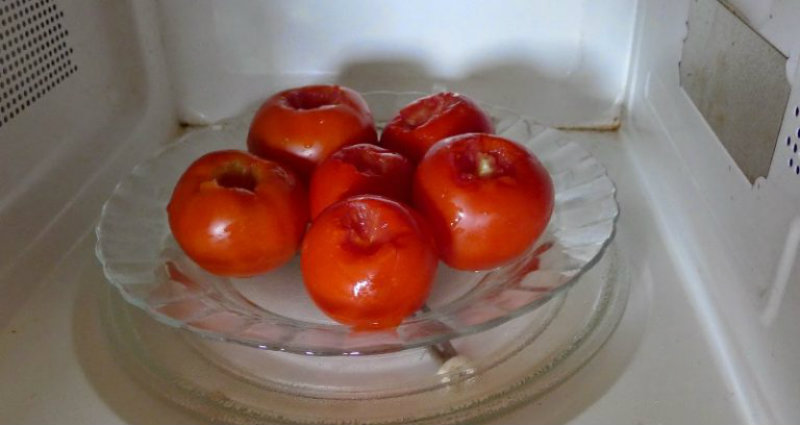



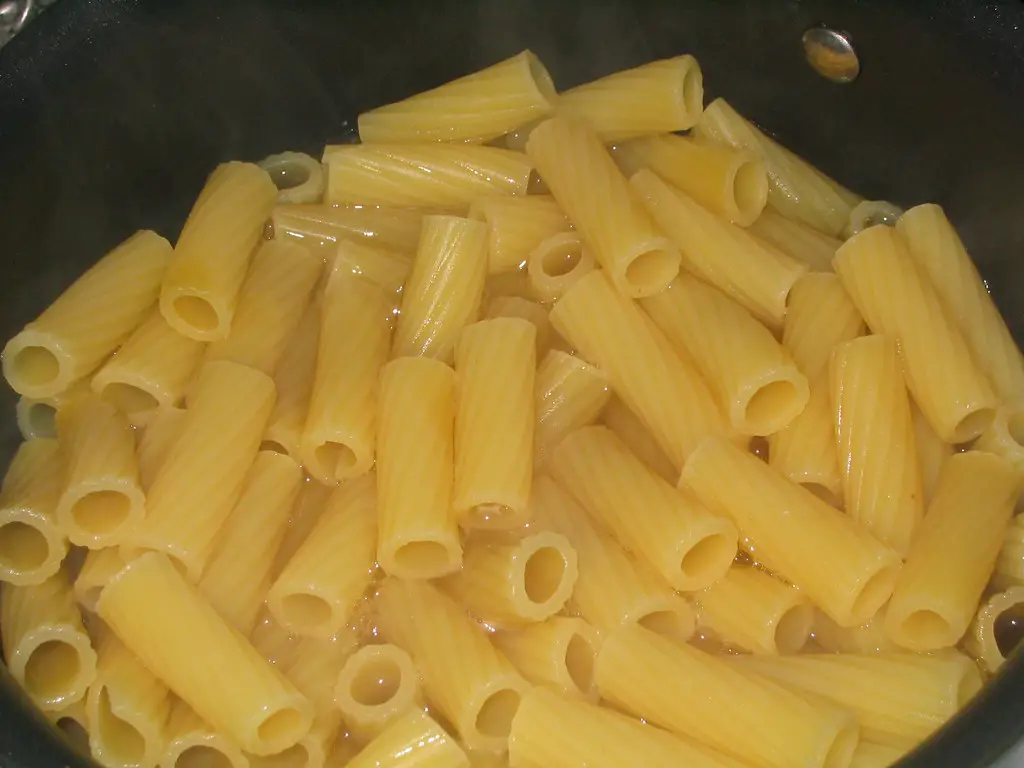

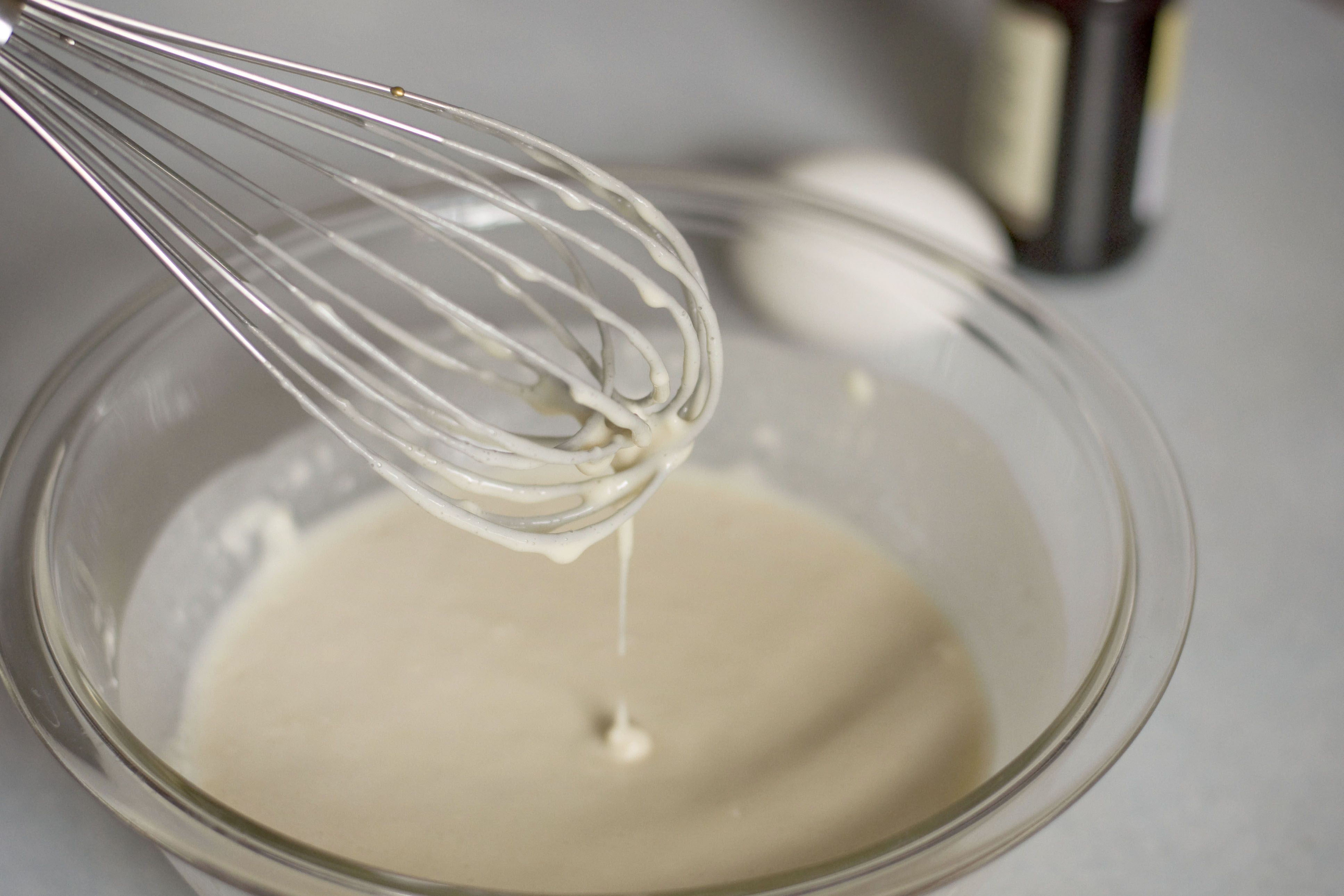




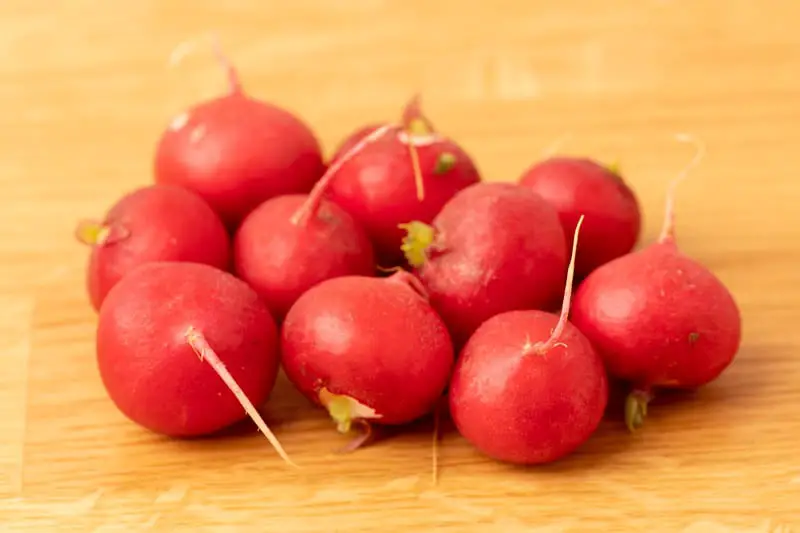

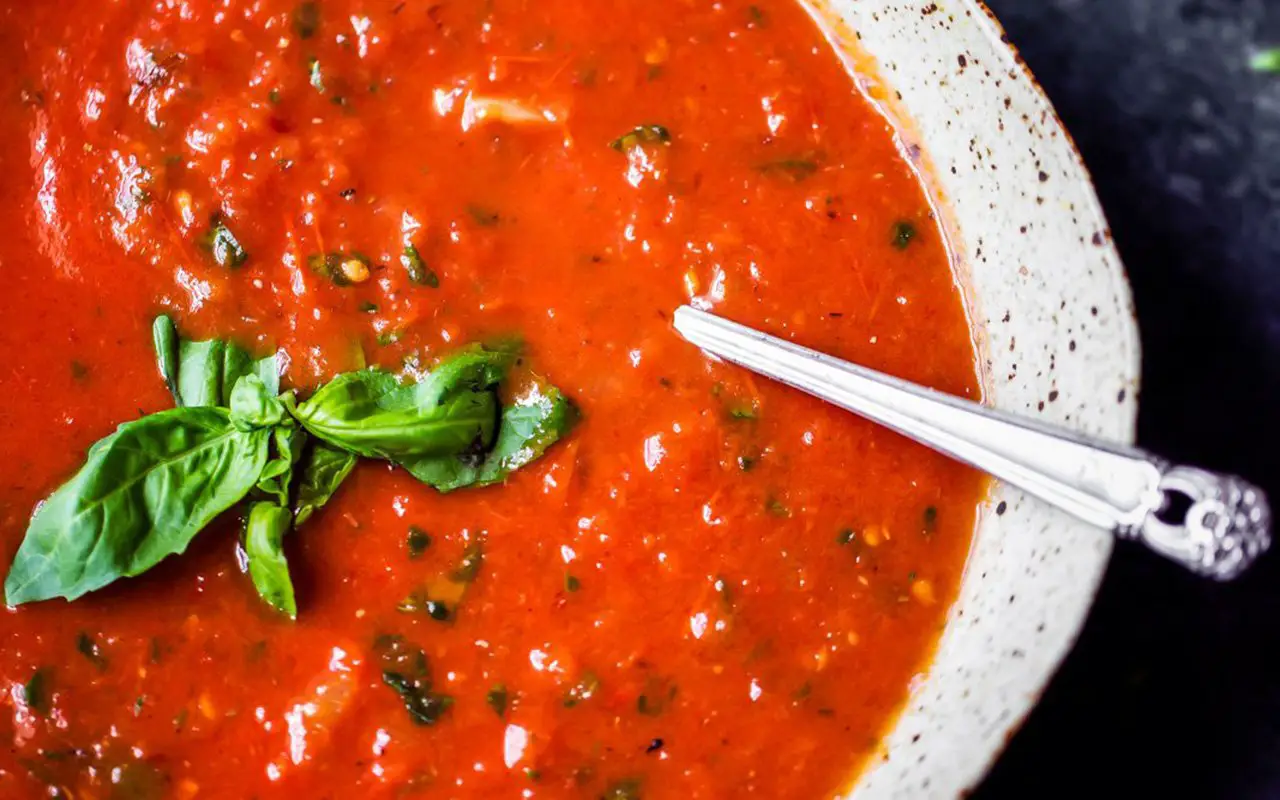

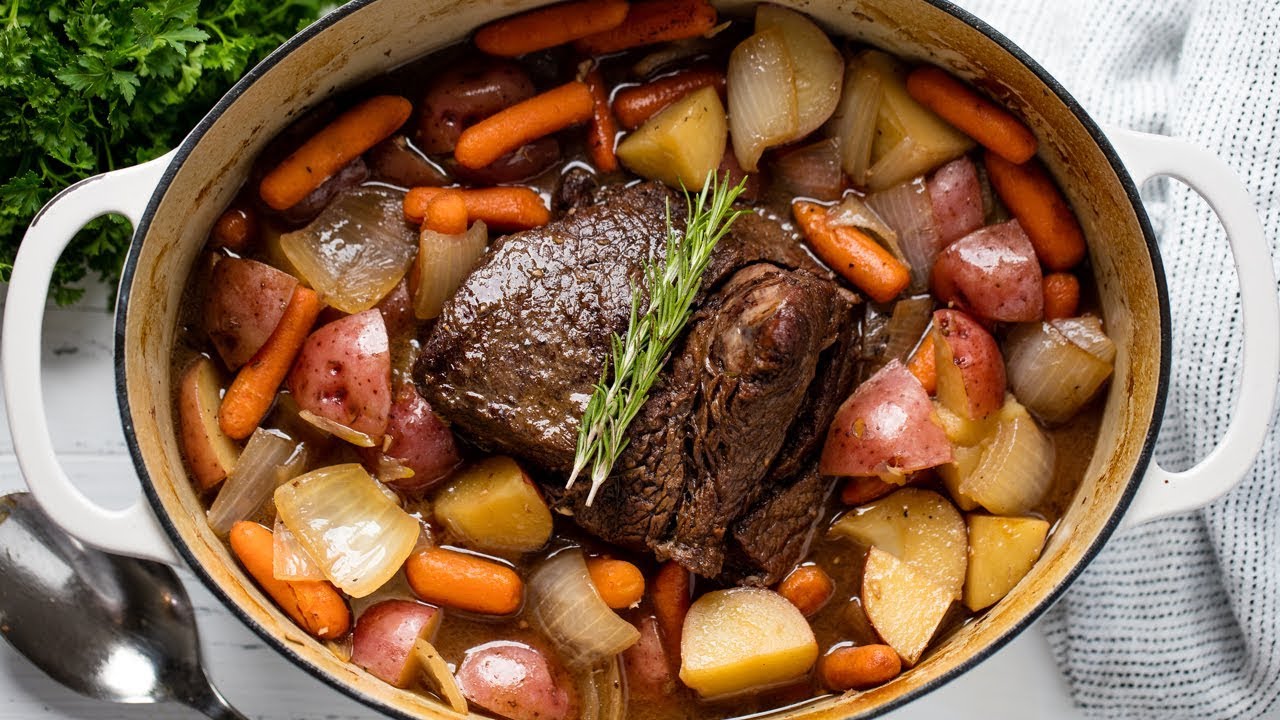

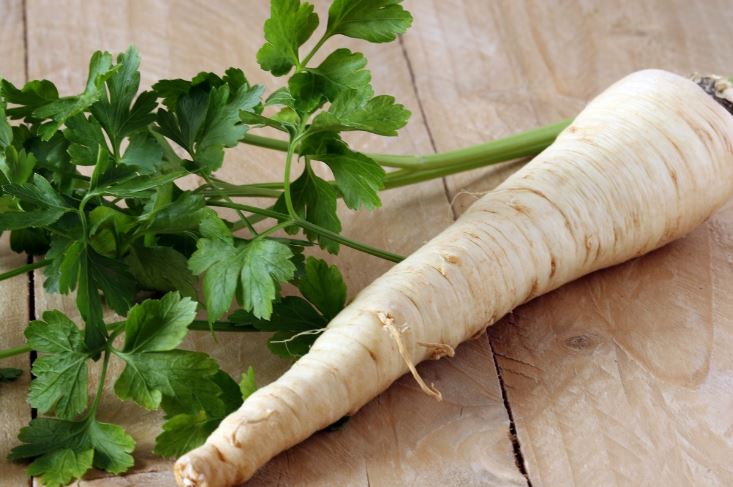



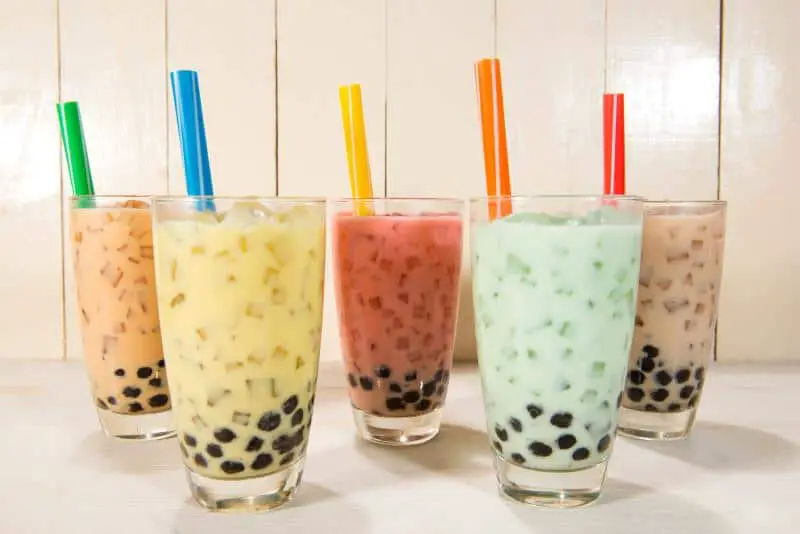
 What Does Boba Taste Like? If you want to know more about this topic, you should go through this post right now as it contains all the details about Boba Tea.
What Does Boba Taste Like? If you want to know more about this topic, you should go through this post right now as it contains all the details about Boba Tea.